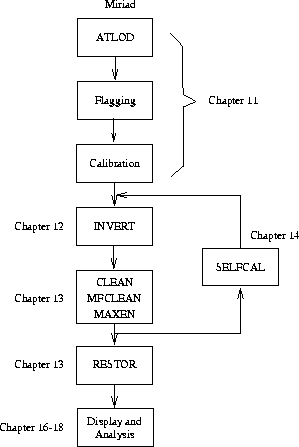
Figure 7.1: ATCA Data Reduction Strategy
Here we give an overview of the reduction process, and review some of the basic decisions that you will have to make during the reduction of the data. We now consider some questions that you should ask yourself before the reduction process.
Multi-frequency synthesis can be taken a few steps further with the ATCA. As two IFs can be measured simultaneously, these two IFs can be combined in the imaging stage to further enhance both sensitivity and u-v coverage. As the ATCA can frequency switch rapidly, it is possible to time share between different frequency settings. This involves a trade-off between tangential and radial u-v gaps. Various aspects of multi-frequency synthesis are covering in Chapter 22.
Frequency averaging is generally only applicable for continuum experiments and only if you are not going to be doing multi-frequency synthesis. You might also think twice about averaging if interference was a problem during the observation. You may have to go back and do some more flagging later.
Averaging in time can be performed when observing with short arrays (i.e. when the 6 km antenna is not used). A conservative rule is that you should not average longer than 90/d seconds, where d is the array length in km. If you observe with a short array and are not interested in long baselines for the program source, you probably still want to use antenna 6 when determining the initial calibration. Despite this, d is the array length of interest for the program source, not the calibrators. Nor should you average for longer than the antenna-gain solution interval (unless you have finished calibrating, and are not going to self-calibrate). If you have a strong source, and the phase stability is poor, you should not average in time.
Both averaging in frequency and time are performed by uvaver
(see Section 9.2).

Figure 7.1: ATCA Data Reduction Strategy
Figure 7.1 gives a flow chart of the normal steps involved in reduction of ATCA data. Note that this is somewhat abbreviated by necessity -- additional flow-charts in subsequent chapters give more detail and describe some of the variations.
We will now consider each step in the flow-chart in turn.
The deconvolution tasks are described in Chapter 13.